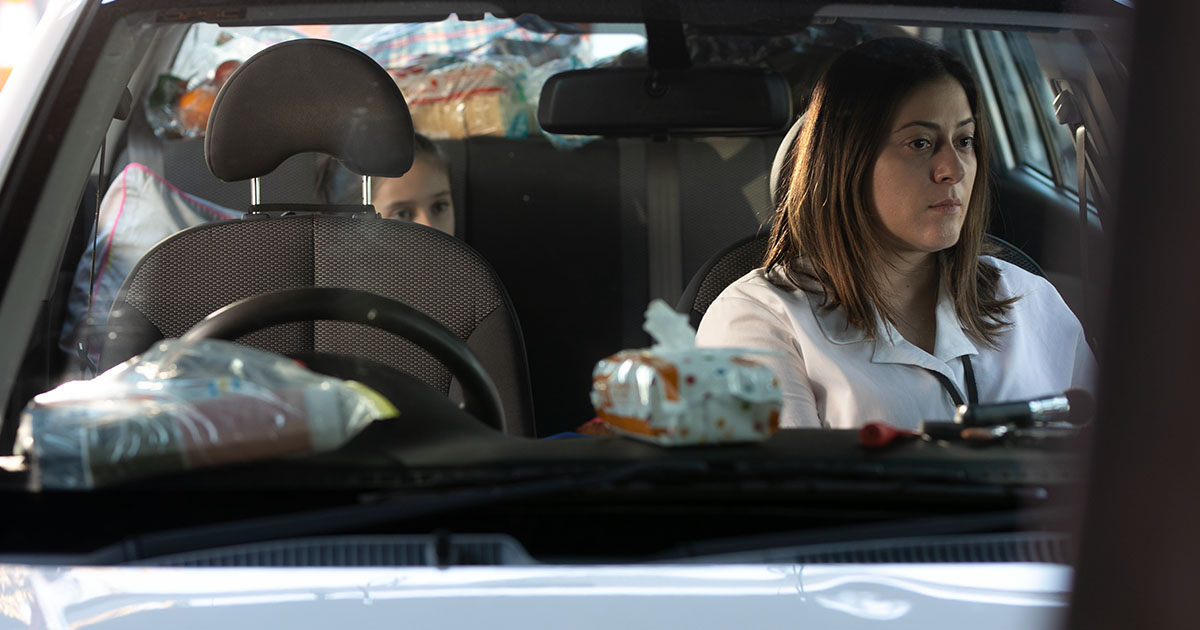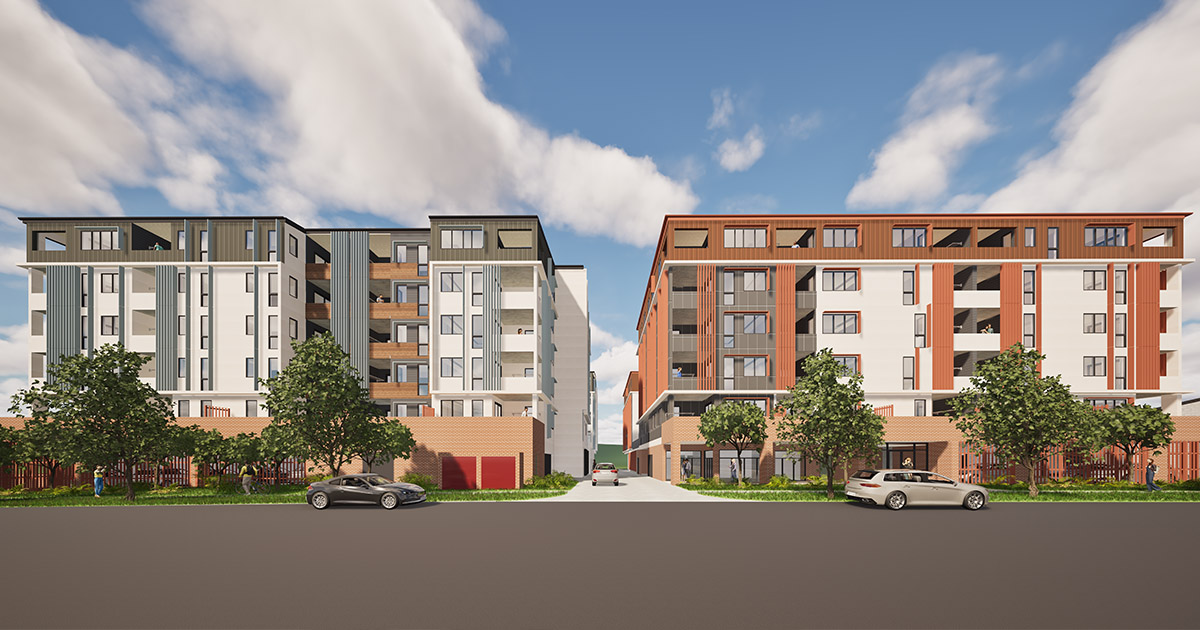Homelessness in Australia Statistics
Uncover the stark reality of homelessness in Australia with these key facts.
In Australia, homelessness can affect people of all ages, men, women, and children from different circumstances. Most of us do not see the full impact it can have in our communities. To uncover the reality of homelessness here are key statistics and facts about homelessness in Australia.
What is homelessness?
The Australian Bureau of Statistics defines homelessness as affecting a person who does not have suitable accommodation alternatives, and their current living arrangement:
- is in a dwelling that is inadequate; or
- has no tenure, or if their initial tenure is short and not extendable; or
- does not allow them to have control of, and access to space for social relations
A home is not just somewhere with roof walls and a roof. It is a place where people can feel safe and secure. Access to safe and secure housing is a basic human right but unfortunately many people in Australia live in temporary dwellings such as refuges, crisis accommodations or motels.
This definition of homelessness emphasises a lack of core elements of a ‘home’ including a sense of security, stability, privacy, safety, and the ability to control living space.
What is hidden homelessness?
Realistically in Australia, most people experiencing homelessness are hidden from sight. They could be sleeping in a car, couch surfing or enduring the night on public buses. They may have shelter but no permanent place to make a home. These are the “hidden homeless”.
Did you know ‘rough sleepers’ only make up approximately 6% of Australia’s homeless population?1 (ABS, 2021)
Five shocking stats about homelessness in Australia:
1. There are over 122,000 people experiencing homelessness on any given night1
2. Only 6 percent of people who are homeless sleep on the streets1
3. Domestic and family violence is one of the main reasons why people experience homelessness2
4. In Australia, one in seven people experiencing homelessness are over 55 years1
5. Over 17,600 children younger than 12 years are homeless1
What causes homelessness?
Life can be unexpected and is full of circumstances outside of our control. People who do not have strong support systems or are in financial, emotional or physical strain can be more vulnerable to losing their homes.
Common causes of homelessness are;
- Domestic and family violence
- Sudden life changes that trigger homelessness
- Lack of affordable and social housing
- Mental health challenges
Learn more about the common causes of homelessness.
What is the leading cause of homelessness in Australia?
In Australia, domestic and family violence (DFV) is one of the main drivers of homelessness in Australia.
Sadly, many children, women and men have experienced or have witnessed abusive and violent behaviour towards a partner, former partner or family member. DFV extends beyond physical violence, and can involve actions intended to control, humiliate or scare the other person or people in the household.
When victim/survivors decide to leave a violent household, it often means leaving their home and belongings behind. After years of control and abuse their capacity to find new housing is limited. Take action against DFV by learning about the common facts.
Domestic and family violence statistics in Australia:
- In 2023-24, specialist homelessness services assisted around 109,500 people who had also experienced family and domestic violence.3
- One in six women, compared to 1 in 16 men, have experienced physical or sexual violence by a current or former partner2
- People who had experienced domestic and family violence were most likely to be women and children, with nearly half living in single parent families (50,700 people).3
- On average, one woman is killed every nine days by a current or former partner. One man is also killed every 29 days. 2
- Indigenous people were 32 times more likely to be hospitalised for family violence as non-Indigenous people4
- Approximately 2.5 million Australian adults (13%) experienced abuse during their childhood; the majority knew the perpetrator and experienced multiple incidents of abuse5
What causes homelessness in older people?
Homelessness among older people is a growing problem in Australia. With an ageing population and the increased cost of home ownership this problem is expected to get worse. Factors such as domestic violence, relationship breakdown, financial difficulty and limited superannuation can make people more vulnerable to homelessness.
Certain groups may be at a higher risk of homelessness, such as veterans, Indigenous people and people from culturally and linguistically diverse backgrounds.
Facts about older people facing homelessness:
- One in seven people who were homeless on census night in 2021 were aged 55 and over. 1
- On any given night, around 19,300 people aged 55 and above are homeless. 1
- Aboriginal or Torres Strait Islander people make up eight percent of older people experiencing homelessness. 1
Why are young people homeless?
For young people, homelessness is not a choice but can feel like the only option. Unstable home environments can force young people to leave their family home without a safe place to go.
Neglect, family breakdown, substance abuse, poor living conditions, unemployment, death of a guardian or loved one, or lack of support when leaving state care can hinder their ability to maintain housing and thrive in their adult lives.
Homelessness has long term effects on a young person’s health and wellbeing and impact their mental health, education, and connection with community.
Youth homelessness facts:
- Around 3 in 8 people receiving support from specialist homelessness services every month are younger than 25 years. Young people presenting alone were most likely to be female (65%).6
- Over half of all respondents (56%) in our Youth Survey said cost of living is a major concerns 7
- Around half (49% or 19,100) of young people in Australia also experienced alcohol and/or drug issues and/or had a current mental health issue.3
How is Mission Australia ending homelessness?
We believe every person in Australia should have access to safe and secure housing. We offer early intervention and prevention programs for people at risk of homelessness and for those still experiencing homelessness, we offer emergency, transitional and supported accommodation.
How can I help end homelessness in Australia?
- Learn more about Mission Australia’s work to end homelessness
- Give and help people find a new way forward
- Become a Hidden Homeless Ally to create long lasting change
- Pray with us for our work and our workers
Need homelessness or housing support?
Mission Australia Housing provides social and affordable housing options to support an individual’s journey towards independence. Discover more about Mission Australia Housing or find a community service near you.
For further information on housing programs operated by Mission Australia Housing, please contact us at the details below:
1800 269 672
1ABS (2021) Census of Population and Housing: Estimating Homelessness
2,4,6AIHW: Family, domestic and sexual violence in Australia: continuing the national story (2019)
3AIHW (2024) Specialist homelessness services annual report 2023-24
5ABS, (2019): Characteristics and outcomes of childhood abuse.
7 Mission Australia Youth Survey, 2024
Latest news, media & blog articles
Read about what we’ve been working on, our stance on important social issues and how you make a difference to vulnerable Australians' lives.




